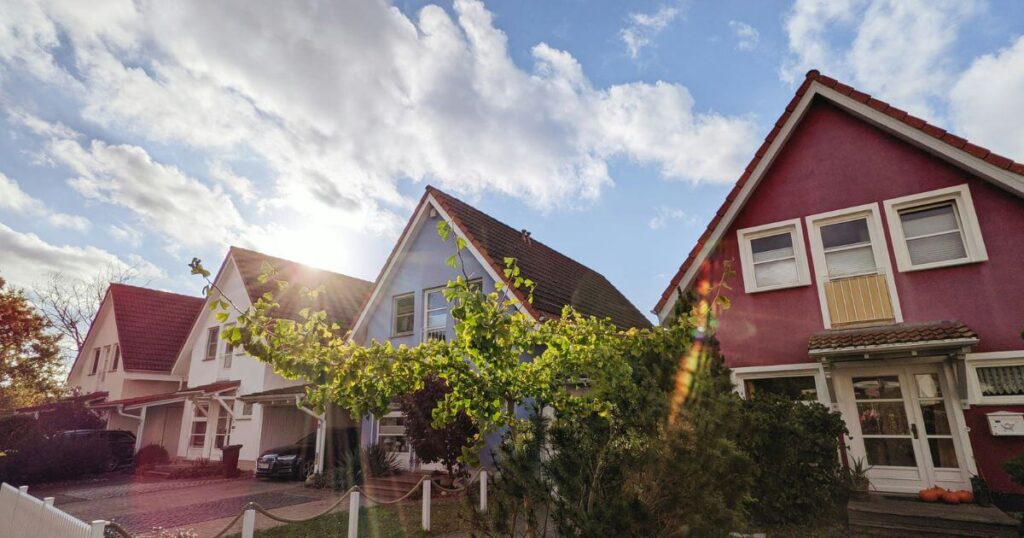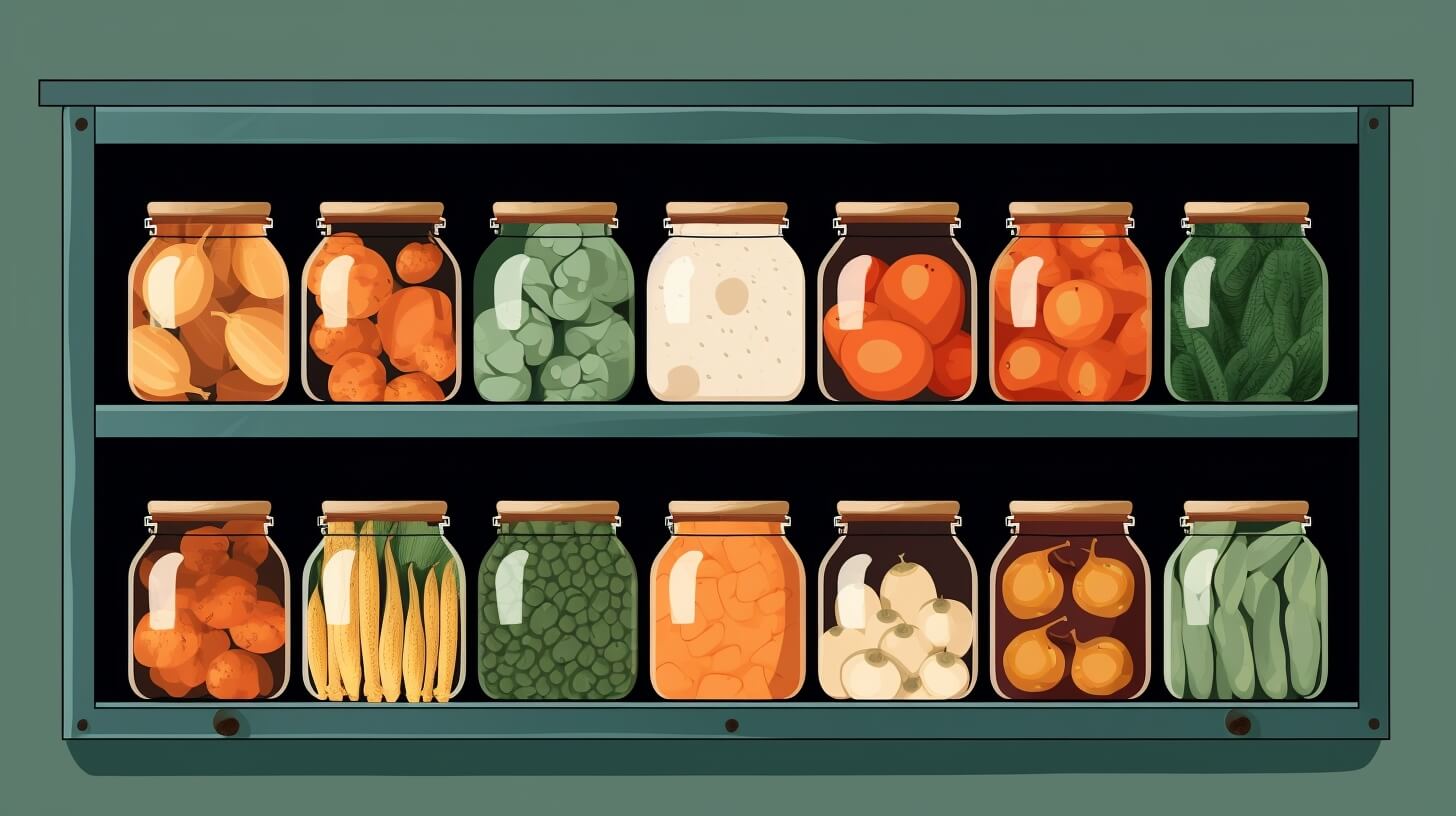
We are reader-supported. When you buy through links on our site, we may earn an affiliate commission.
Homeowners sometimes pride themselves on using their land to grow food that lasts months in the proper storage conditions. If you have a thriving garden or love preserving fresh food from local farmers markets, a root cellar could be a great addition to your home. Read this guide to learn more about them and decide if they’re your next big project.
What Is a Root Cellar?
When you picture a root cellar, imagine a cold, underground storage room with containers of preserved groceries. The soil pressing against the walls insulates the cold room to stay at the right temperature to keep food fresh. Sometimes root cellars are directly underneath houses, but people can also build them elsewhere on their property.
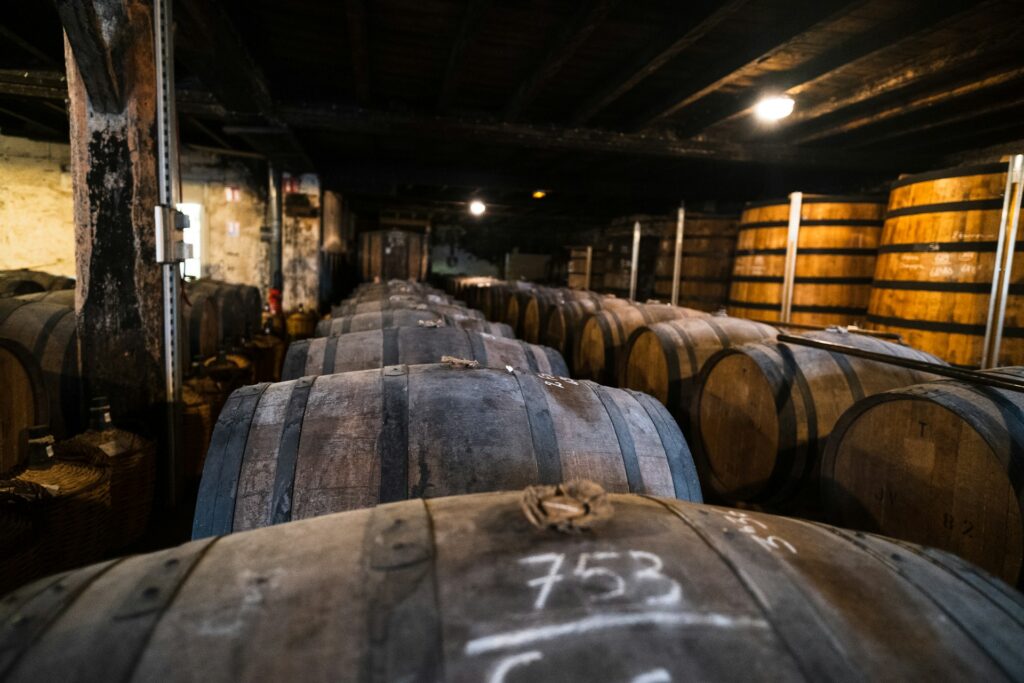
How Much Does It Cost to Build a Root Cellar?
The average cost of building a root cellar varies between $200–55,000, so it’s easy to make your plan work within any budget. Unless one came with your house, root cellar projects get customized specs to fit each homeowner’s needs. The project will become more costly if you increase the cellar’s square footage, hire multiple contracting teams and pick high-end materials to finish the interior or exterior.
What Can You Store in It?
Root cellars are like refrigerators. You won’t have electricity guaranteeing a constant temperature, but the underground space remains cool enough to store many foods when preserved properly. You could save groceries like:
- Root vegetables such as potatoes, carrots and beets
- Fruits like apples or pears
- Canned or jarred foods
- Flower bulbs
- Beer or wine
- Leafy greens
It depends on what you eat most often and how you store each food. A head of cabbage would go bad if you chopped it and saved it in a plastic bag, but you could leave it on a root cellar shelf for up to six months due to the humidity and cold air.
Factors You Need for Great Food Storage
Every root cellar needs the right environmental factors to maintain your food’s quality. When your project ends, your root cellar should meet these standards to keep your preserved food safe to eat:
- An air temperature of 32–38 degrees Fahrenheit
- A humidity reading between 80–90%
- No chance of flooding due to a high water table
- A controlled air circulation system to reduce mold growth
Whether you’re starting a garden and growing easy plants like radishes or bringing produce home from the grocery store, your food will stay fresh under these conditions. The cold, circulating air will prevent ethylene gas from releasing and making your produce rot. It also keeps microorganisms from growing, which would lead to mold.
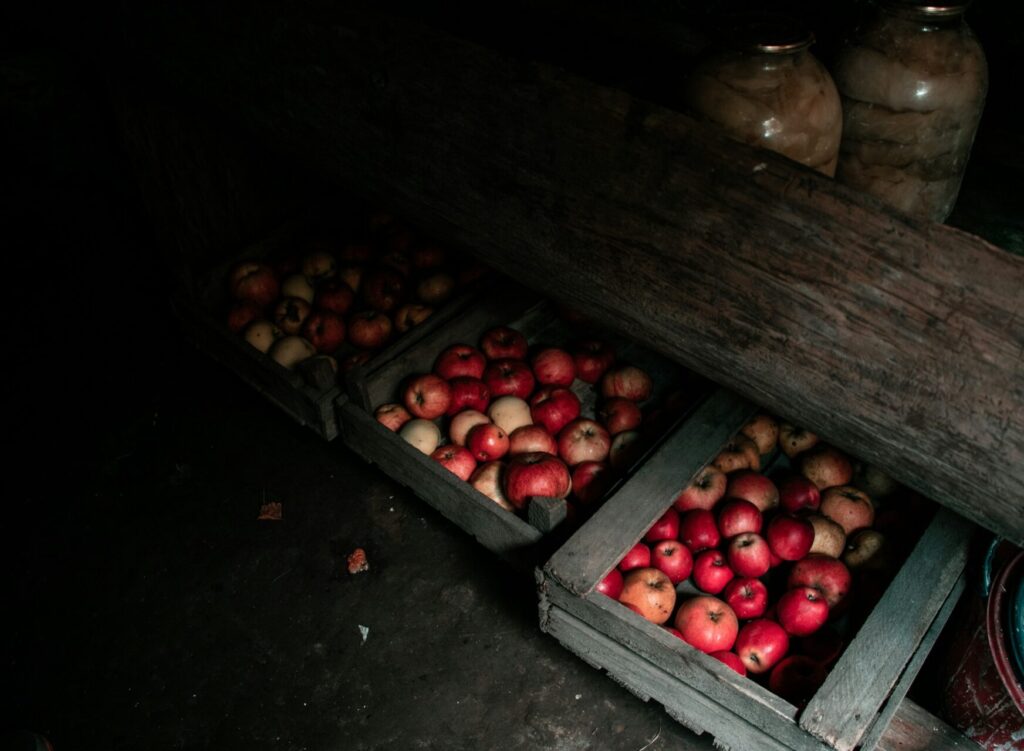
Reasons People Want Root Cellars
You don’t have to be a homesteader or gardener to enjoy having a root cellar. You can also appreciate these benefits after adding one to your property.
1. It Saves Money
People often invest in another refrigerator or freezer when they need more food storage. Numerous models are available at any home department store but could work against your long-term financial goals. A second fridge or freezer would become another appliance that uses electricity around the clock, ultimately increasing your utility bill.A root cellar doesn’t need electricity, so you’ll save money monthly when your electric bill arrives. It uses the earth’s natural cool underground temperature to keep food ready to eat. It’s something people have relied on for centuries. Appliances aren’t the only way to preserve your favorite veggies.
2. It’s Sustainable Food Storage
Using less electricity is another way to reduce your home’s carbon footprint. Experts estimate that the average household emits 8,744 pounds of CO2 annually, which is a concerning number for anyone who cares about improving the environment. You could live a more sustainable lifestyle by utilizing a root cellar’s carbon-neutral approach to keeping food fresh.
3. It Maximizes Storage Space
A refrigerator can only fit so much food. The standard sizes limit how much you can store at any given time, but a root cellar is a large room. Imagine an entire basement with shelving dedicated just for your extra groceries or farm-fresh harvests. You could even make your future cellar extra big to save enough food to last through the winter with minimal grocery runs.
Standard Root Cellar Maintenance
Although root cellars are self-sufficient, you still have to add a few maintenance steps to your to-do list. They’re quick and easy, but they’re things to consider as you weigh your options.
1. You Need to Keep the Room Moist
Most root cellars have dirt floors to retain their temperature and moisture. You could install traditional flooring if that suits your project better, but you’ll need to keep the room moist. Dry air spoils produce, but too much moisture creates the same result.
A humidity monitor and humidifier can be excellent solutions for this issue. Monitor the temperature daily and adjust as necessary to maintain the recommended 80–90% range.
2. You Have to Watch for Mold
Although moisture is a root cellar necessity, it also creates the best conditions for mold growth if the room gets too warm. Do a visual mold inspection whenever you visit your root cellar. You’ll catch microorganisms before they multiply and destroy your food storage.
If you do happen to have a colony of growing mold spores, grab some white vinegar and a sponge. The vinegar naturally kills most mold varieties, so you don’t have to expose your food storage to harsh chemicals. You’ll only have to contact a mold removal specialist if you see black mold growing in your root cellar, which can cause allergy-like symptoms, wheezing or shortness of breath.
3. You Must Monitor the Temperature
Storing food underground will keep it cool, but the weather can still affect your root cellar’s temperature. In warmer spring and summer months, check the room’s temperature daily. You may need to install HVAC ductwork if you live in hot-weather areas or only use the cellar in the fall and winter.
Tips for Building a Root Cellar
1. Consider Hiring a Contractor
Building a root cellar by yourself might feel tempting if you love a project, but it could damage your foundation’s structural integrity if you dig beneath your home. A contractor would estimate the best location for your cellar and know how to build one. They’d also have professional contacts for any other work you might need, like installing piping or electrical wiring.
2. Investigate Prefabricated Options
Some companies sell prefabricated root cellars that arrive ready to use. You’ll only need to know the dimensions and dig a hole large enough to contain the unit. It sits in the hole with an attached stairwell and doorway. Cover the unit with the same dirt you removed to finish the job in a day.
Although this may seem like the most straightforward option, it’s worth noting that any root cellar project will be sizable. You’ll still need an excavator to remove the dirt and a potential permit from your local city hall. Contact your local officials to see which paperwork you may need to fill out, including documents noting how long you’ll be using your heavy machinery.
3. Pick the Right Location
A thriving root cellar always depends on the location. You wouldn’t install one next to a river in case it flooded above and underground. You also wouldn’t want to destroy your finished basement to get the dirt floor and walls of a traditional cellar.
Your contractor can help you determine the best spot for a root cellar on your property. They’ll analyze your property’s water table and point out options like converting a corner of your finished basement into a furbished root cellar room.
You may need to install a French drain system in your crawl space if it typically holds water while a gravity drain moves the water to your backyard. While the water won’t pose an issue if your gravity drain works quickly, it could cause extra mold growth around your food if there isn’t proper drainage and ventilation. Finishing this potential project before installing your root cellar will ensure you get the most out of your investment and keep your house a safe place to live.
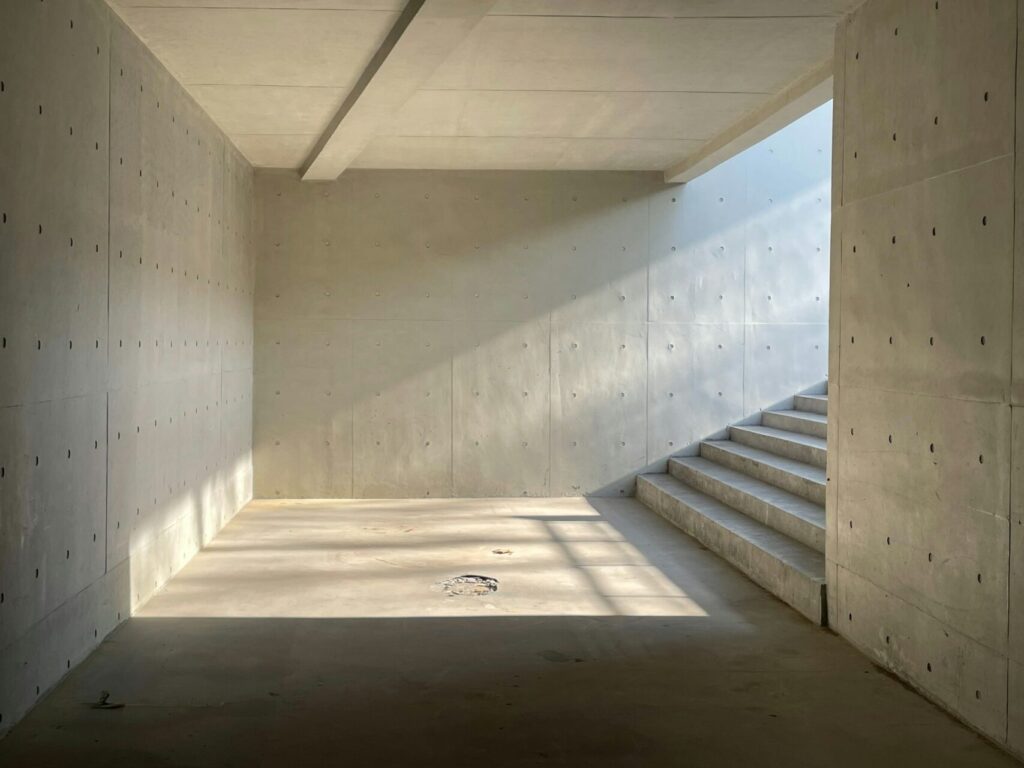
Consider Making a Root Cellar
Root cellars are incredible tools for homeowners and homesteaders. All you need to do is understand how they work and pick the best location on your property. Monitoring the temperature and humidity levels is the only thing you need to do to gain a sustainable food storage solution.
Original Publish Date 12/24/2021 — Updated 4/23/2025



